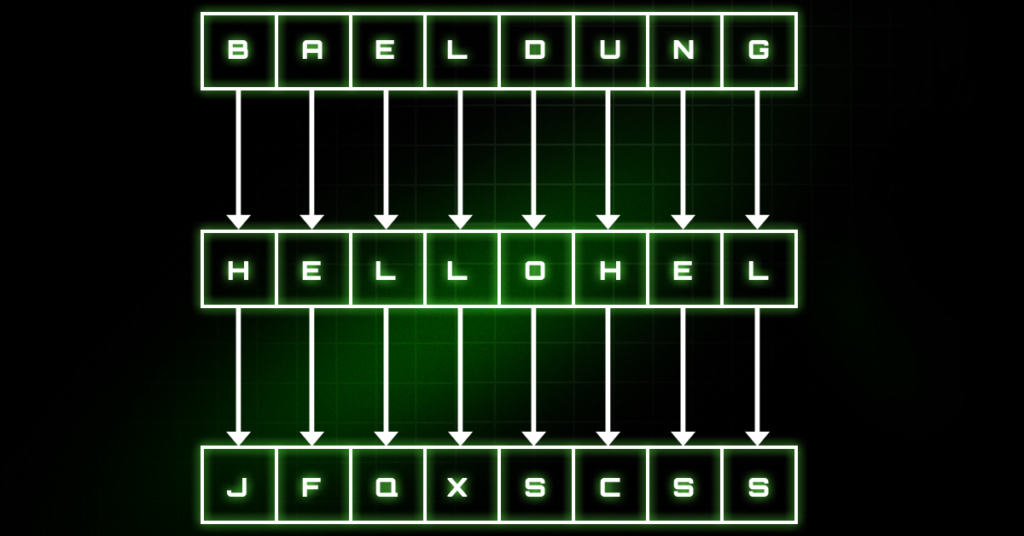
Before understanding Vigenere cipher lets understand what is cryptography. Cryptography is the science of making information or communication better and secure so that the original message is only accessible to the receiver and in between it remains encrypted.
It includes two processes one is encryption and another is decryption.
Encryption: Encryption is the process of converting the message into a complex and not readable form so to secure from unauthorized access to sensitive information which is converting a plain text message to cipher text. The message that needs encryption is known as plain text.
Decryption: Decryption is a process of converting a complex message into a readable format with the help of the sender’s private key. So in the end messages or information can be read properly and communication gets completed securely.
Cipher text in cryptography is divided into 2 basic components. I.e. Substitution cipher and transposition cipher. Vigenere is an example of a substitution cipher category. Let’s discuss it in more detail.
Table of Contents
What is Vigenere Cipher and how it works?
Vigenere cipher is also known as a polyalphabetic cipher because it uses 26 letters of the alphabet starting from A TO Z. It forms a matrix-like table of 26 x 26. It consists of the rule of shifting the alphabet from 0 to 25 and substituting the value as per the given key.
Vigenere encryption process for calculation goes while adding the index of character given in the plaintext from the matrix of the alphabet.
The mathematical representation of this cipher is represented as
Ci = E(Pi+Ki) mod 26
Pi = D(Ci-Ki) mod 26
Where c is ciphertext, P is plaintext K is the key. E and D are encryption and decryption functions respectively.
Let us understand this by practical example,
Plaintext: APPLE
Key: Snow
So first let’s input the place value of the plain text value corresponding to APPLE and repeat it as the key value unless all the plaintext gets filled with each.
0,15,15,11, 4.
KEY S n o w s
Value 18 13 14 22 18
(P + K ) MOD 26 18 2 3 7 22
Cipher text s c d h w
According to the formula addition of plaintext and the key’s place value are added and the result needs another operation that is mode 26. So the final cipher text answer we are getting by conversion through the above steps s c d h w corresponding value of 18 2 3 7 22 respectively.
Strengths and weaknesses of vigenere cipher
Strengths
Complex pattern: Normal substitution cipher text uses simple logic for converting cipher text into plain text but in vigenere due to repetition and multiple substitutes of the alphabet it becomes a little bit complex to guess the plain text because of the technique used.
Flexible: vigener cipher due to its repetition of characters uses any length of keyword and it allows customs for improving the security of data.
Simple to use: The encryption and decryption process of the vigenere cipher is straightforward as the formula is already given to the user. So making it user-friendly.
Weakness
Multiple uses of key: In vigenere cipher same keywords are used for multiple encryptions and the pattern can easily recognized. So this makes them vulnerable to attack and breaking the algorithm.
Less secured: As cyber security and cryptography tend to grow larger the vigener cipher is no longer considered a medium for secure communication.
Application of vigenere cipher
- It was widely used in Military forces to carry out communication mediums in the early century when electronic digital devices were not invented.
- It helps in teaching substitution cipher in school or college by teachers.
Conclusion
Various methods have been proposed to further enhance the cipher. The text was scrambled so many times by the double columnar transposition, but all the characters of the text are still contained in the ciphertext. It is noted that the entropy is low, indicating that cryptanalysis is still possible.
